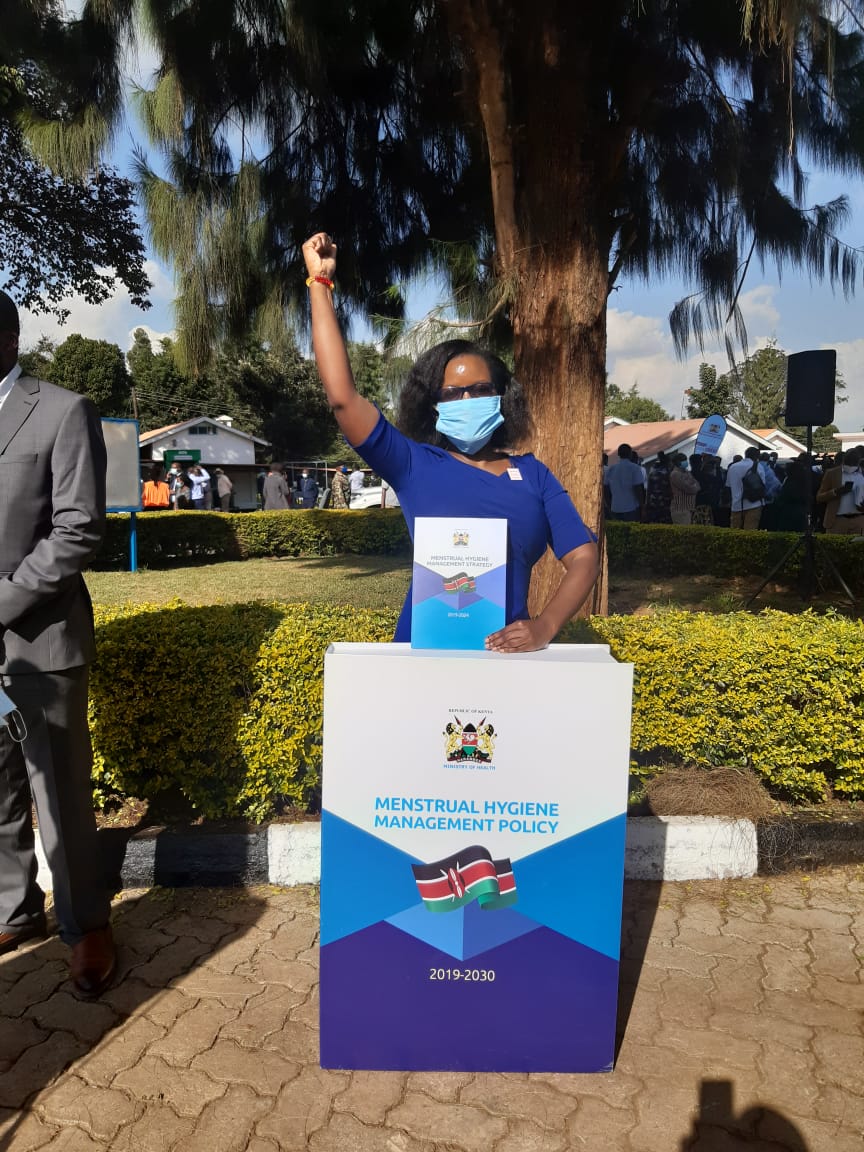Male Champions Against FGM
Thursday, 26 November, 2020

Moses, 21 years old, is a moran – a Samburu name given to young warriors between the ages of 12 and 25 – living in Wamba, Kenya which is home to the Samburu tribe. Morans play an important role in Samburu society. While elders ultimately make the decisions, morans are expected to discuss issues together and weigh-in, Moses tells us, “Most of the time when ceremonies like marriages happen, the first people to gather are the morans to see if the girl is able to be married off.” The decision for a community to continue practising female genital mutilation/cutting (FGM/C) and child, early and forced marriages (CEFM) ultimately lies with the elders and morans.
The Samburu have a higher prevalence rate of CEFM at 38%, compared to the national average of 23%. Amref Health Africa’s initiative, Koota Injena (Borana for “Come let us talk”) aims to address this by engaging clan elders and other community leaders to use dialogue and discussions between different generations to abandon child marriage, FGM/C and to promote the value of girls in Samburu society.
Moses says: “Before Koota Injena, I had heard previously that cutting girls was not good because it has bad effects on girls, so I always preferred girls who were uncut.” While Moses and his group of friends agreed to all refuse to marry cut girls, their opinion was not shared by the majority of their community. It was seen as undesirable to marry a girl who did not undergo FGM/C.
This began to change after Koota Injena came to Wamba. Moses’s friend Salim, another moran, had already attended Koota Injena meetings and was trained as a champion to end CEFM and FGM. “He is the one that brought me to Koota Injena,” Moses says.
According to Moses: “People already understood that there was a bad side to FGM/C, but now they understand that there are more disadvantages than advantages.”
Through Koota Injena, we provided Moses with the tools he needed to help end FGM/C and CEFM in his community: “When Koota Injena came, I received training, tactics and messages to handle people who are resistant.”
Now Moses actively tries to convince other morans in his community to change their mind about marrying girls who undergo FGM/C. “I tried to change the mind of a moran who wanted to marry a cut girl. I asked him, ‘What if this girl refuses to be cut?’. I continued to talk to him about the disadvantages of FGM and he eventually agreed to marry an uncut girl.”
Moses has even tried to discuss these issues with elders but as a moran, he is still expected to respect what elders say: “Some elders can agree with you but some are stubborn. For those who are stubborn, I appeal to the ones who agree with me to change the minds of the other elders.”
Moses tells us that he and his friends recently rescued two very young girls from being married off: “There were two girls that were to be married off and the morans all sat down and agreed that these girls were too young. They were 10 and 11 years old. We brought the girls to a safe house run by another organization and they were not married off.”
“When we took the girls to the safe house, their father ran away. They are now in school and they are happy,” he says.
This recent rescue highlights the need for Koota Injena in Moses’s community, but he is hopeful that things will change for good. There are cultural shifts happening in the Samburu that gives him such hope: “Usually, the elders or the moran’s father look for a girl from a family with a good history but things are changing. If a moran’s father sees that his son loves a girl, then he can go with her. In the past, his father or her father can refuse the marriage. Now, a moran can make an agreement with a girl themselves, and their parents have to accept. This is one of the reasons why morans can marry uncircumcised girls now.”




